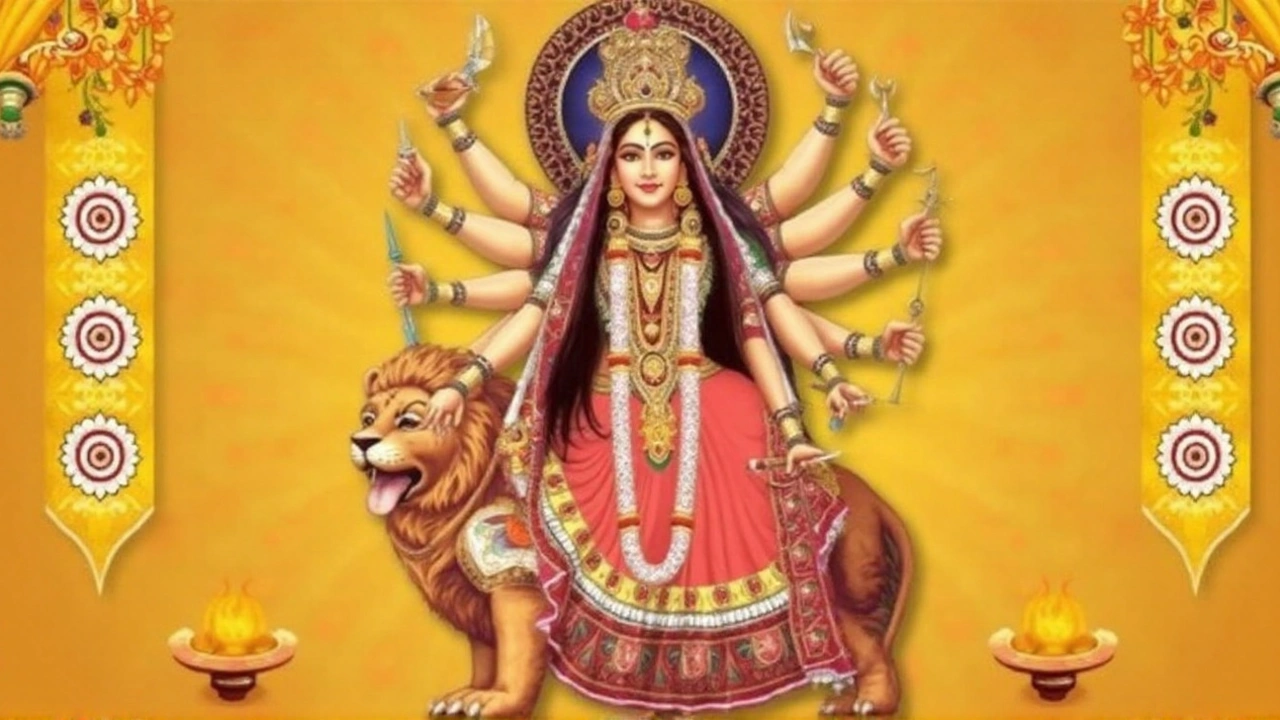Festival Traditions: A Practical Guide to Hindu Celebrations
Ever wondered why a handful of mango leaves, a burst of fireworks, and a bowl of sweets can feel so powerful? Those are the heartbeats of Hindu festival traditions. They’re more than just events; they’re living stories that link families, villages, and even distant diaspora back to shared roots.
Every festival starts with a purpose—be it honoring a deity, marking a seasonal shift, or recalling a mythic hero. Understanding that purpose helps you join the celebration with respect rather than just watching from the sidelines. For example, Diwali isn’t only about lights; it commemorates the return of Lord Rama to Ayodhya after 14 years in exile, symbolizing triumph over darkness.
Key Elements of Hindu Festival Traditions
First, the ritual. Most festivals involve a puja—a short ceremony where you offer flowers, incense, and food to a deity. The process is simple: clean the space, set up a small altar, chant a mantra, and share the offering. Even a quick after‑work puja can make the day feel special.
Second, the community. Whether you’re in a small town or a big city, festivals bring people together. Neighbors exchange sweets, families host potluck meals, and temples organize cultural programs. Joining a local event is the fastest way to feel the vibe and learn the customs firsthand.
Third, the symbolism. Colors, foods, and actions each carry meaning. Red signposts marriage and prosperity, while yellow represents knowledge and the sun. Sweet dishes like laddoo or modak are offered because they symbolize the sweetness of life and the blessings the deity bestows.
Fourth, the calendar. Hindu festivals follow the lunisolar calendar, so dates shift each year. Apps and temple notices now list the exact day, but a quick glance at a yearly calendar can keep you ahead of the game.
How to Celebrate Like a Local
Start small. Pick one festival a year—maybe Holi, the Festival of Colors. Buy a few packets of safe, plant‑based colors, gather friends, and splash away in a public park. The joy is contagious, and you’ll instantly understand why the day feels so liberating.
Next, try the food. Each festival has signature dishes: kheer for Diwali, puri‑bhaji for Navratri, or payasam for Pongal. Look up a simple recipe, let your family help, and enjoy the flavors together. Sharing food is a core part of the tradition, and the aromas will remind you of the celebration long after the plates are empty.
Don’t skip the story. Read a short myth or watch a 5‑minute video about the deity being honored. Knowing why people chant “Jai Shri Ram” or “Om Namah Shivaya” adds depth to the chants you might join.
Finally, respect the space. If you’re invited to a temple, dress modestly, remove shoes, and keep your phone on silent. Even a brief pause to watch a ritual can make you feel like a participant rather than a spectator.
By blending these simple steps—ritual, community, symbolism, calendar, food, story, and respect—you’ll move from an observer to a participant in Hindu festival traditions. The result isn’t just a better Instagram post; it’s a genuine connection to centuries of cultural wisdom.
So the next time you hear “Happy Navratri” or see a burst of fireworks on a dark night, you’ll know exactly how to join in, what to offer, and why it matters. Celebrate with heart, and the traditions will welcome you right back.

Navratri Colors: What to Wear Each Day for Luck and Happiness
Each of Navratri's nine nights is linked to a specific color that reflects a Goddess's energy. Wearing the right hue is believed to attract blessings, prosperity, and peace. Learn the day‑by‑day guide, the deeper meaning behind each shade, and how the tradition shapes community celebrations across India and abroad.